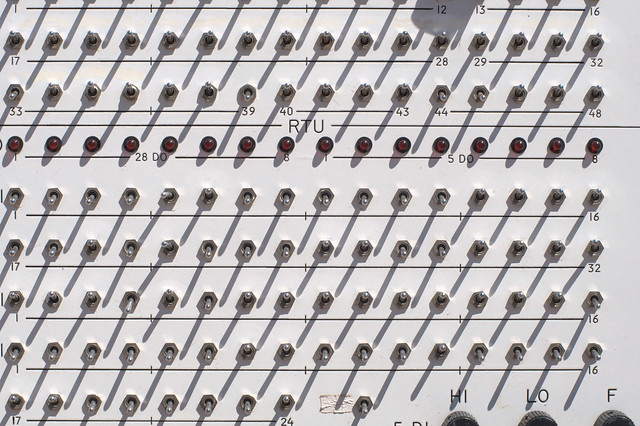Looking at our git logs from Cisco AMP for Endpoints Console, I see that we introduced feature flags back in January, 2014. The reason I got interested in it is because even after all these years of use, today I had to build a new concept on our feature flag code. If you’re already using feature flags or thinking about adding feature flags to your project, this experience report may be helpful.

Photo credits to Michael Newton
Back in 2014, we were growing as a team, but wanted to keep working on a single shared code. We perceived that the productivity gain of multiple teams working on a shared code would outweigh cross-team dependency issues. As we started working on multiple features in parallel, mostly independent with different release dates, we saw unfinished work on one feature was blocking the release of a completed one. After some research, we decided to introduce feature flags in our code.
First, we read Martin Fowler’s article on this topic as a guideline. Today, we have 195 feature flags in production. Over time, we have extended the use of feature flags with new concepts and I wanted to document it here for everyone. Fowler’s blog also published a more detailed and updated post later. The taxomony used here is different from Fowler’s because I find the following to be more relevant for our product.
- Database stored: We store the feature flags in the main database so that the features can be toggled without needing a code deployment.
- Cached: Feature flag lookups are cached for performance.
- Temporary vs. permanent: We mark some feature flags as temporary when the primary goal is to incrementally release code to production. Temporary feature flags are regularly cleaned once the feature is complete. 13/195 currently used feature flags are marked temporary.
- Self-serve: We tag some feature flags as self-serve where users need to opt-in to use the feature.
- Limited availability: For self-serve feature flags, we tag some features as limited availability. It allows us to release self-serve features to selected customers.
- Globally enabled: We have a mechanism to globally enable or disable a feature flag. 131/195 feature flags are currently marked globally enabled. This number varies by deployed environments.
- Enabled for all, but: We have a mechanism for enabling a feature flag for all but some specific targets.
- Multi-target: Sometimes we attach a single feature flag to multiple domain objects such as tenant, user, subscription tier, etc.
- Hierarchical: We use a fallback mechanism for feature check. For example, the check if a user have file upload permission, we check it for the specific user, then fall back to the tenant it belongs to, and finally fall back to the feature itself being globally enabled.
- Code generator: We use a single-command code generator to introduce a new feature flag to our code. It takes care of the database migration, seed entry, and code references.
- Circuit-breaker: For integration with external services, we’ve used feature flags as a circuit-breaker to gracefully handle third-party downtime.
- Environment-flags. We deploy the product to multiple geographic environments, including a private cloud model. Certain features behave differently based on the deployment. Using feature flags make it easy to develop and test such differences before deploying to each target environment.
There are reusable libraries and services such as LaunchDarkly that provide rich APIs and user interfaces for feature flags. At this point, even with all the aforementioned concepts, our custom implementation of feature flag is quite straight-forward and easy to evolve. It has been a key ingredient for our frequent iterative deployments with 6 teams working on diverse features in parallel on the same product.